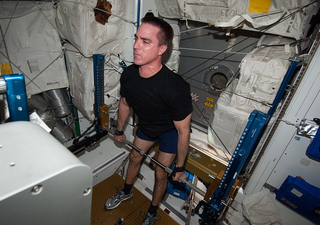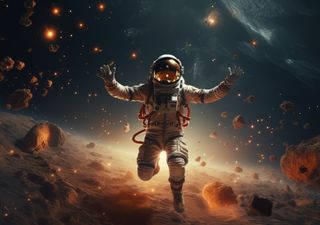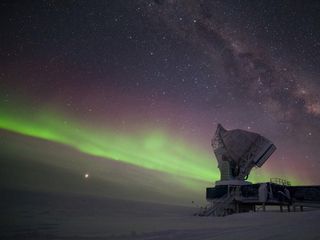Boeing's Starliner mission returns without astronauts after being stranded for three months in space
The Starliner crew module will be transported back to NASA's Kennedy Space Center in Florida, where Boeing teams will analyze the mission data.
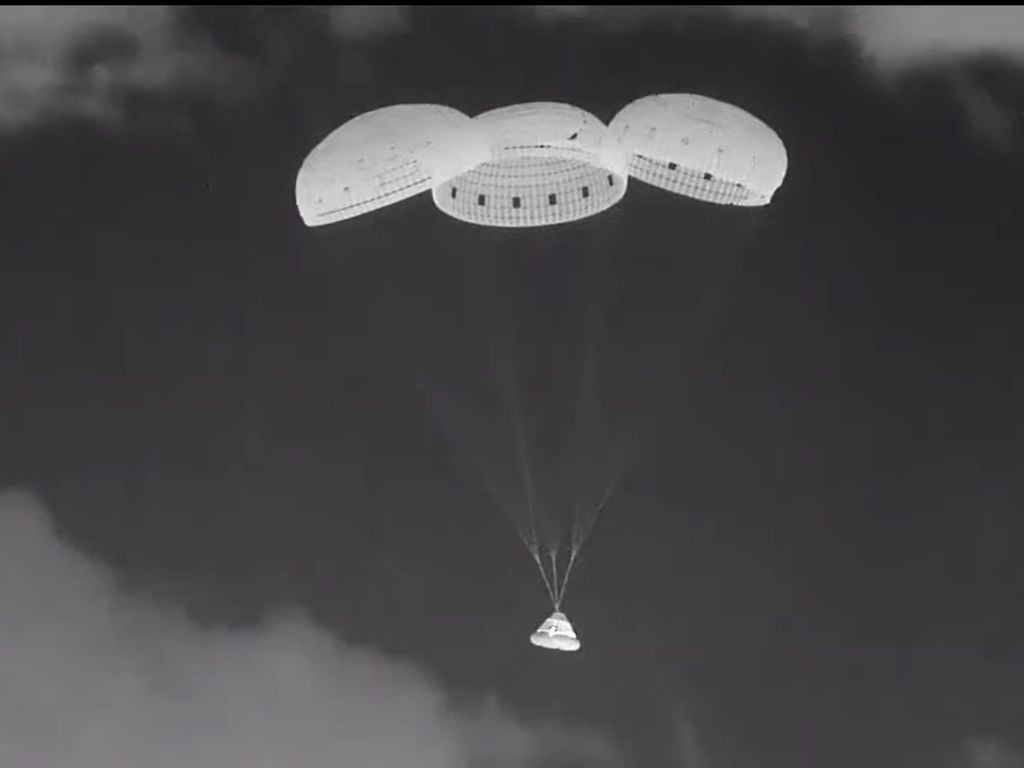
On September 6, Boeing's Starliner spacecraft returned unmanned to the White Sands spaceport in New Mexico, culminating a three-month flight test at the International Space Station (EEI). The landing occurred at 10:01 p.m. MDT, marking an important milestone in the collaboration between NASA and Boeing.
Although it was necessary to return the ship without a crew, much could be learned about its performance in the most extreme environment possible. The Agency hopes to continue working with Boeing to certify Starliner for crew rotation missions to the EEI.
The June 5 flight was historic, since it was the first time astronauts took off aboard Starliner. This was the ship's third orbital flight and its second return from the ISS. Now, Starliner will be sent to the Kennedy Space Center in Florida for inspection and processing.
After the return of Starliner, NASA will review all the mission data and see what went wrong to be able to resume the Commercial Crew Program and rescue its astronauts who are still stranded in the International Space Station, as well as demonstrate that they are ready for regular missions.
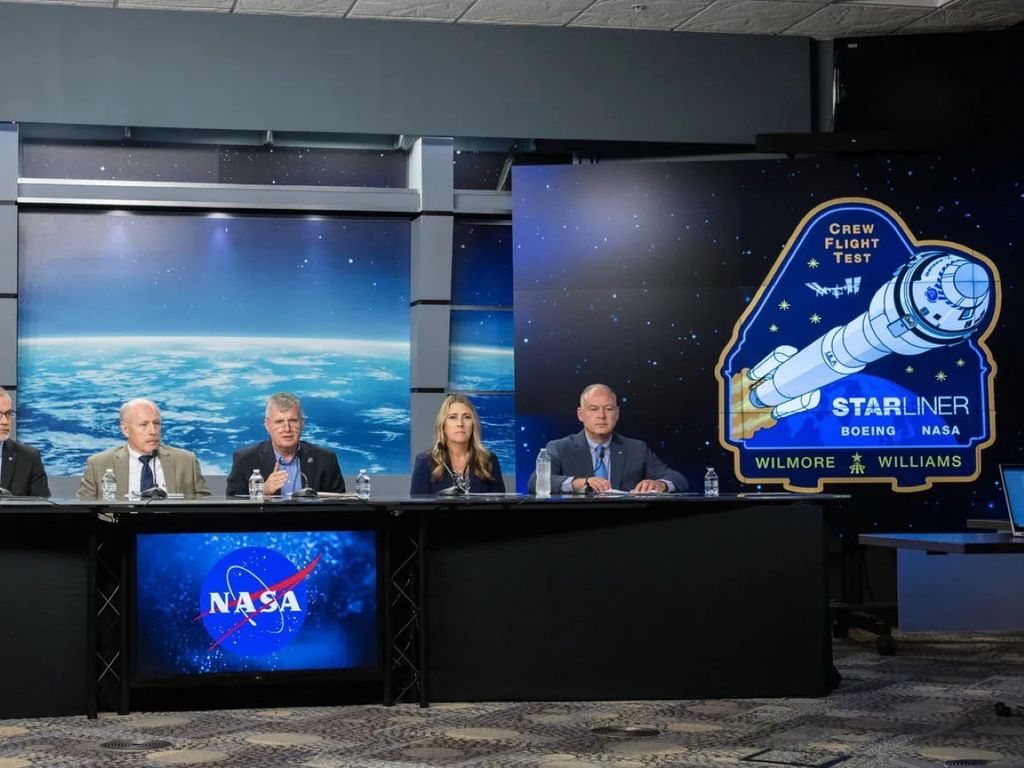
NASA decides to return the Starliner without the crew
On August 24, 2024, NASA announced that Boeing's Starliner spacecraft would return to Earth without astronauts Butch Wilmore and Suni Williams on board. Decision that will allow NASA and Boeing to continue collecting test data without assuming unnecessary risks for the crew.
Wilmore and Williams, who traveled to the International Space Station (ESI) in June as part of Boeing's manned flight test, have been busy with various tasks, including research, maintenance and testing of the Starliner system.
Bill Nelson, NASA administrator who thanked NASA and Boeing teams for their work and stressed that Wilmore and Williams will continue their mission in the IS as part of the 71/72 Expedition until February 2025, when they will return aboard a SpaceX Dragon spacecraft along with two other crew members of the Crew-9 mission.
Initial problems
On June 6, as the Starliner approached the EEI, helium leaks and problems with the reaction control thrusters were detected. Since then, engineering teams have worked hard, reviewing data, testing, and developing contingency plans.
The lack of expert coincidence and uncertainty did not meet NASA's safety requirements for manned flights, which led to the decision to transfer the astronauts to the Crew-9 mission.
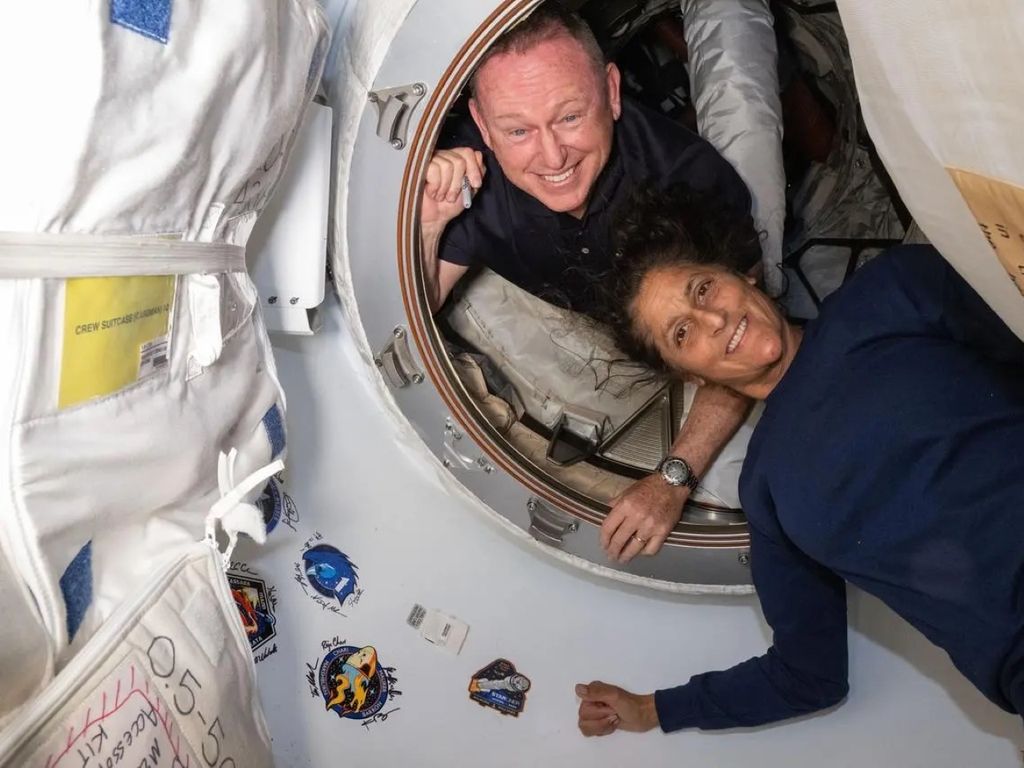
Said Ken Bowersox, associate administrator of NASA's Space Operations Mission Directorate, who mentioned that they learned a lot about the Starliner during their trip and coupled operations in addition to that they will continue to collect data during the unmanned return to improve the system in future flights.
The Starliner, designed to operate autonomously, has already made two unmanned flights. NASA and Boeing adjusted the ship's planning and systems for its return, ensuring that a doching port is available at the EEI before the launch of the Crew-9 mission.
Future prospects
On June 5, NASA astronauts Butch Wilmore and Suni Williams took off aboard Starliner from the Cape Canaveral Space Force Station in Florida. However, on June 6, as Starliner approached the EEI, helium leaks and problems with the reaction control thrusters were identified.
After weeks of testing and reviews, NASA decided to prioritize safety and return the ship without a crew. Wilmore and Williams will continue their work at the EEI as part of Expedition 71/72 and will return in February 2025 with the SpaceX Crew-9 mission.
Steve Stich, manager of the NASA Commercial Crew Program, said. NASA and Boeing teams have carried out numerous tests and analyzes, obtaining crucial information about Starliner's performance in space.
The goal of NASA's Commercial Crew Program is to provide safe, reliable and cost-effective transportation to and from the ISS and low Earth orbit. This not only increases research time, but also opens up new opportunities for discoveries, helping to prepare for the exploration of the Moon and Mars.





